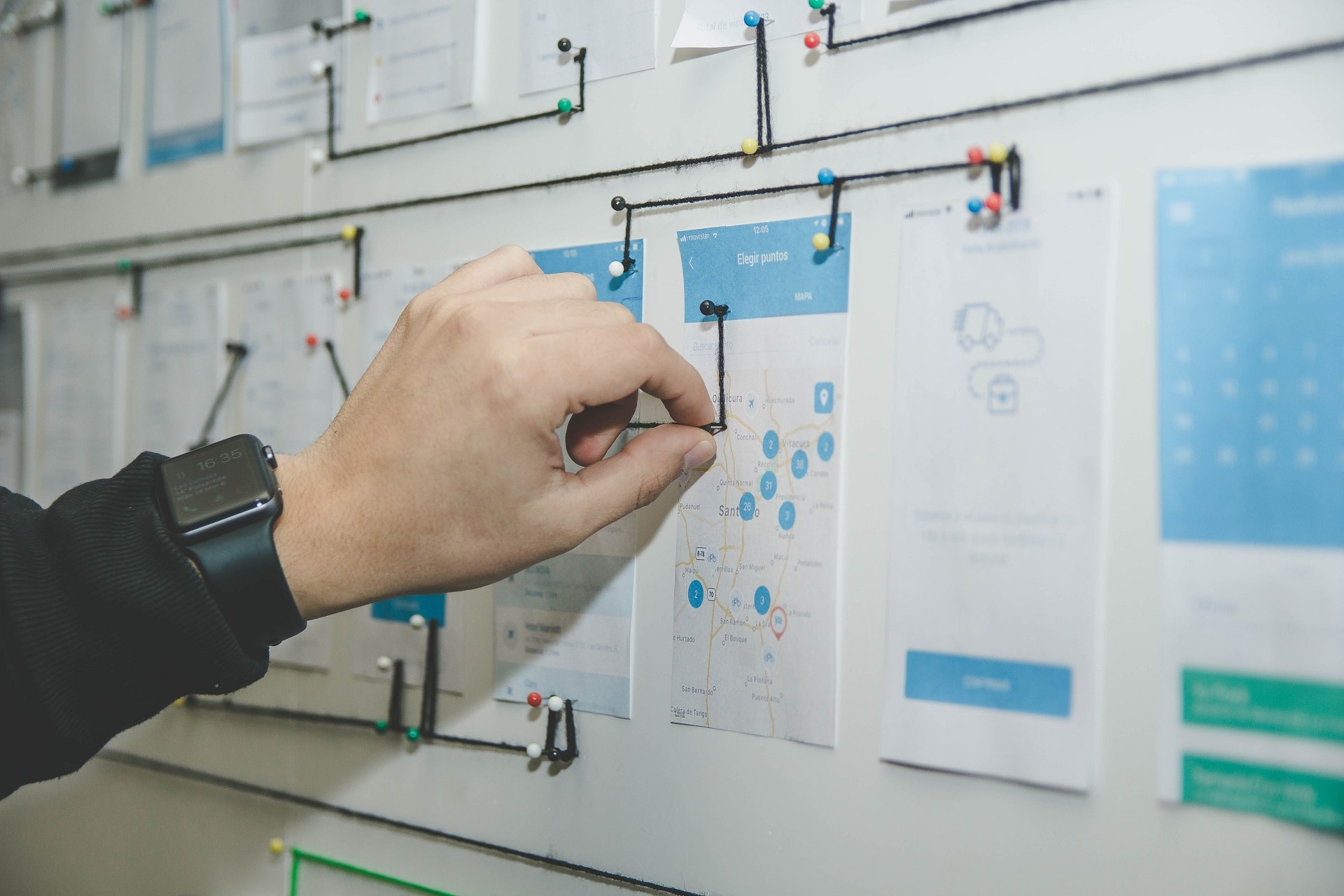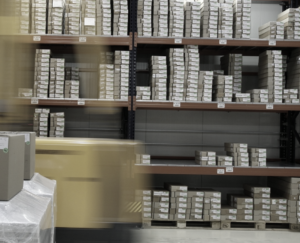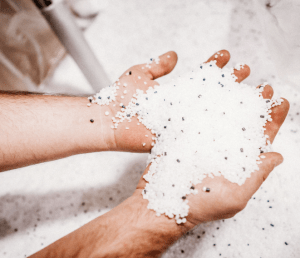Injection molding is rapidly becoming one of the most popular manufacturing processes for high volume parts production. More importantly, assembly supervisors, QA inspectors and operations executives all over the world are discovering that injection molding allows for high quality parts in quantity with decreased cost. That’s why it’s important to know how injection molding works.
This combination of high quality, high quantity, and lower costs allows manufacturers to ramp up production and meet higher market demand without cutting into their bottom line. So how does injection molding work, and why might it be a good fit for your product designs? Here’s a guide to injection molding that provides an overview of the process itself and a look at the pros and cons of using injection molded parts as opposed to other, more costly means.
How Injection Molding Works
The injection molding process involves a molding machine heating and melting plastic into liquid. This melted plastic is then injected through a nozzle into a mold using injection pressure. The mold is filled with liquid plastic which will cool down to form a solid product in the shape of the mold.
In contrast to CNC machining, in which mass quantities of plastic are cut away from a block or sheet of plastic, injection molding produces significantly less scrap with each part manufactured. There are five parts to an injection molding machine that are essential to the plastic injection molding process: the hopper, the barrel, the sprue and runner, and the mold itself.
Raw resin is loaded into the hopper where it is first fed into the barrel. Once melted, via compression and heat, hot plastic is injected from the nozzle of the barrel into the mold itself via the sprue, where it travels along the runners (channels that allow molten plastic to flow) until it reaches the gate of each part to enter the mold’s cavity. At this point, the cavity of each mold is filled completely with hot plastic and cooled to create the actual molded part. A typical cycle only takes seconds to complete before parts are allowed to cool and set before being ejected.
The process can be repeated rapidly, making it ideal for high volume parts production. The only time-consuming process involved is creating the precision molds needed to mass produce the desired part. Once your molds are tested and ready for use, you can begin rapidly manufacturing in quantity.
Why Choose Injection Molding?
- Scalability
Got large orders that need to be filled quickly? Injection molding is one of the fastest ways to adapt your process and scale up production. Better still, the more parts you make, the lower your production cost per part.
- Lower Waste Scrap Rates
While there are four or five plastics that can be used for injection molding in manufacturing, they fall into two categories: thermoset and thermoplastic. Thermoset materials are generally a type of epoxy resin that cures on contact with air and is generally fully cured by the time it cools. Thermoset materials cannot be reused, as they only ignite and burn when reheated after curing. As such, thermosets are used only in specialized injection molding processes.
- Thermoplastics
Thermoplastics are the most common choice for injection molding materials due to the variety of manufacturing applications, low scrap rate and high reusability. Thermoplastic materials like acrylonitrile butadiene styrene (ABS), polyethylene, polycarbonate, polyamide (nylon), high impact polystyrene (HIPS) and polypropylene are the most commonly used raw materials for injection molding processes in manufacturing.
- Less Waste
The primary advantage of thermoplastics is manufacturers can reuse any excess material that overflows the molds or remains in the sprue and runners. These remains can be ground up onsite and then melted down to be reused again in other parts; however, there is a certain amount of degradation with each reuse of a thermoplastic, and some degrade more quickly than others.
For these reasons, most manufacturers set a limit on how much recycled material can be used in each run of injection molded parts and components. For some customers, such as Aerospace or Medical manufacturers, regrind material is not allowed in their parts. The good news is that many plastics manufacturers take their excess materials that they can’t use and sell it in lots at a discount to other manufacturers or resellers, further reducing the costs of excess wasted material while subsequently going green in ensuring all material is recycled in an environmentally friendly manner.
- Repeatability
In terms of consistency of part manufacturing, injection molding is the ideal process. With a highly engineered injection mold, every mold will be virtually identical to the others in its manufacturing run. Typically, tolerances of +/- .005” of an inch can be held from shot to shot. Provided your mold design is properly set up from the outset, it is extremely easy to maintain a high reliability and consistency rate with minimal adjustment to your manufacturing process.
Challenges of Adapting Your Part Manufacturing to Injection Molding
- Start-Up and Initial Design Cost
Getting started with injection molding tends to carry a fairly hefty price tag. High volume manufacturing requires a precisely machined set of molds. The factors listed below are what tends to drive the cost of injection molding up for most injection molding products manufacturers.
- DFM and Prototyping
Before committing your design to steel tooling, it is highly recommended that your part is put through a thorough DFM (design for manufacturing) with a tooling expert that fully understands the design elements needed to properly produce a quality plastic component. Industry experts can quickly identify issues within your design that will lead to cosmetic and filling issues within your plastic component design. It is always recommended that you 3D Print your component post DFM to confirm fitment and functionality of your component before committing to steel.
- Tool Design and Tooling Costs
The preliminary tool design and machine work of final production molds is very time-consuming. A tool manufacturer needs to factor in the length of time necessary to not only properly design the tool, but also the time to order the raw materials, and machine and assemble high quality production molds. Moreover, any changes to a part mold means even more hours spent prototyping, machining, and perfecting those changes. This is why we always recommend verifying your design before committing to steel.
- Long Lead Times
Injection molds are made from aluminum, stainless steel, or a metallic alloy, and precision shaping of metal takes a highly trained professional and significant man-hours, especially if it’s going to be used for injection molding production. A typical tool build can take anywhere from 4 – 20 weeks depending on the complexity of the molded component. It is imperative that you plan appropriately and make sure you leave your tool builder enough time to manufacture your injection mold.
Is Injection Molding Right For Your Manufacturing Process?
All in all, if you are planning to make the switch to manufacturing your parts and components via plastic injection molding, you are going to need some expert guidance. Existing processes for producing metal parts or other components will need to be adapted for the plastic injection mold process.
You will need to consult with your engineering and design team about what plastic is best for the particular application you will be using to create parts or products. Should you choose thermoset or thermoplastic materials? Is ABS the best choice for a particular part or component, or is HIPS going to provide better durability and performance over time? Do you need the higher tensile strength and resilience of polypropylene?
Then there is the testing phase of building prototype molds and testing them yourself. If you don’t have a team of your own to handle this aspect of adopting plastic injection molding, you are much better off seeking third party help in designing, creating, and testing prototypes. Furthermore, if you are transitioning from metal to plastic parts, you are going to need expert advice or assistance from a team of professionals that specializes in metal to plastic conversion.
Bottom line, the benefits of cost, durability, scalability and superior capacity far outweigh the drawbacks of plastic injection molding. That being said, you and your team are going to need some expert assistance to make the switch.
Let Reliant Worldwide Plastics Help
As a recognized industry leader in the fabrication of injection molded plastics, the team at Reliant includes seasoned engineers and technicians with extensive experience making any kind of thermoplastic component as well as metal-to-plastic conversions of parts, selecting the best materials, and refining the injection molding manufacturing process.
Our injection molding companies in Texas can help your team adapt your existing designs for injection molding, help you choose the best type of thermoplastic for your specific applications, and assist with the conversion of existing parts for the injection molding process with minimal downtime.
We can also assist with your prototype and testing phases by providing essential advice and feedback about performance from our knowledge and experience of the injection molding process. Our expertise allows you to increase your component quality without increasing your costs.
Most important of all, you will increase your output capacity, cut costs by using efficient injection molding practices, and shave time off your individual unit manufacturing rate. Call or email us today. Our team is ready to help you produce world-class quality parts, components, and products using the best materials and our highly efficient injection molding process.




